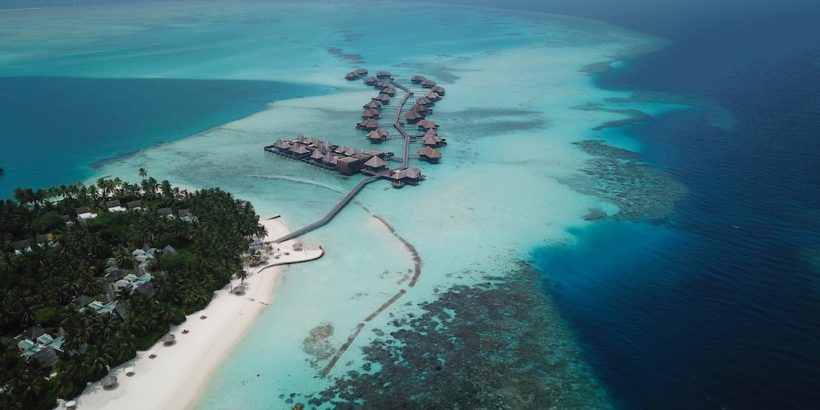The Maldives is a dream destination for many people. It’s one of the most mesmerizing destinations with its beautiful white sands, turquoise atolls, and blue lagoons. But many people wonder “what is the best time of year to visit the Maldives?”
While the temperatures are relatively stable year round, there are multiple rainy seasons to contend with. In this article, I will talk about the pros and cons of visiting at different times of the year and give some insight into things like weather, snorkeling, and diving.
Table of Contents
When is the best time of year to visit the Maldives?
The best time to visit the Maldives is from January through mid-April. However, these are also peak times and other months of the year might also be good. Keep reading below for more pros and cons about the different times to visit the Maldives.
Tip: Use WalletFlo for all your credit card needs. It’s free and will help you optimize your rewards and savings!
Maldives geography
The islands of the Maldives are found in the Indian Ocean, about 310 miles southwest of India. The islands practically sit on the equator and are very flat (the Maldives has the lowest elevation of any country in the world).
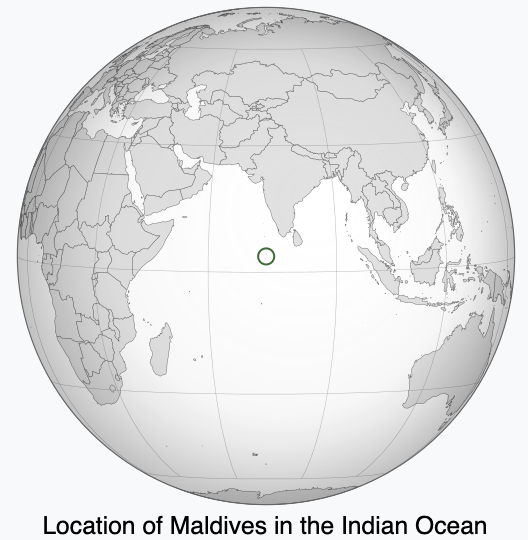
The country is made up of 22 atolls and about 1,200 islands that extend about 400 miles from north to south, making the Maldives one of the world’s most dispersed countries.
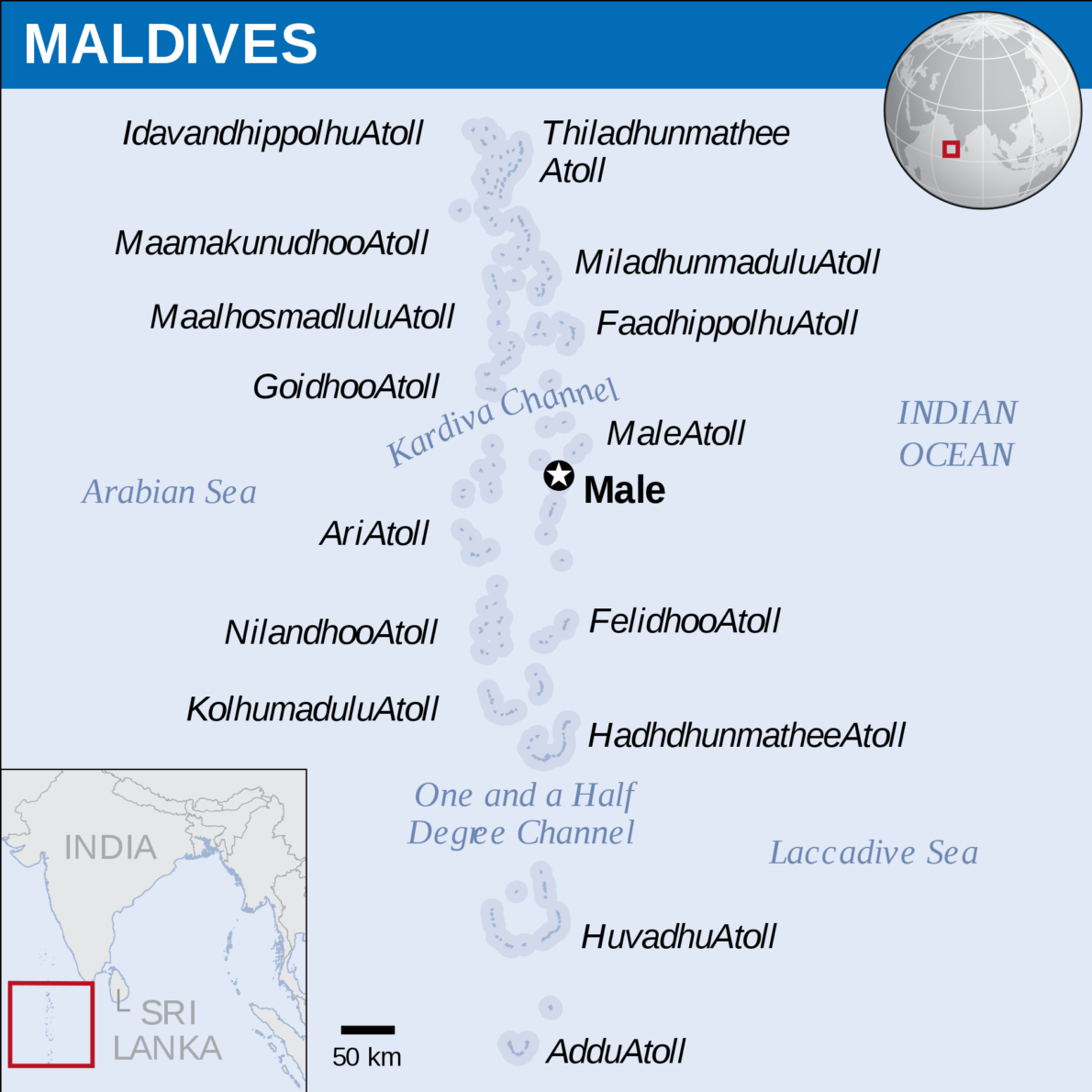
The variety of islands and different geographical positions means that the experience can be slightly different when it comes to things like marine life and even climate to an extent. For this reason, you should always do research for these questions in this article based on your specific resort in island that you will be visiting.
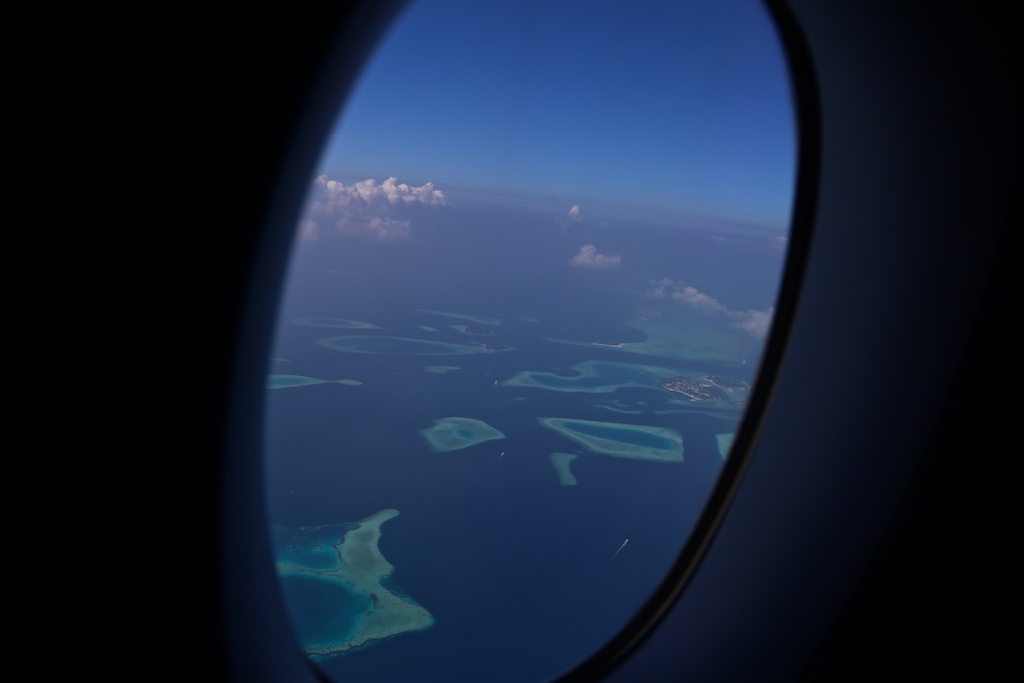
The Maldives rainy season
The biggest consideration you will probably have when visiting the Maldives is whether or not you should visit during the rainy season. But in order to make an educated decision on this you need to know what the rainy season actually consists of.
First, it is important to note that the rainy season can fluctuate slightly from year-to-year. Sometimes a rainy season might get started late or early so use the following as general guidelines for your planning, and always remember that mother nature cannot always be predicted with 100% accuracy.
In addition, different sources define the rainy seasons differently and may include different months (though they are in agreement on the general time frames). There are two rainy seasons you need to be aware of.
Northeast Monsoon season
There is something known as the Northeast Monsoon season. This occurs between October/November and March/April. This technically is the “dry season” of the Maldives, though it depends on where you are situated within the Maldives.
During the northeast monsoon season, you might experience some showers here and there but they will be short-lived and not very constant since this monsoon season is very mild compared to the main monsoon of the summer. If you want to maximize your odds of getting sunshine on your honeymoon then visiting between January and March is a good idea.
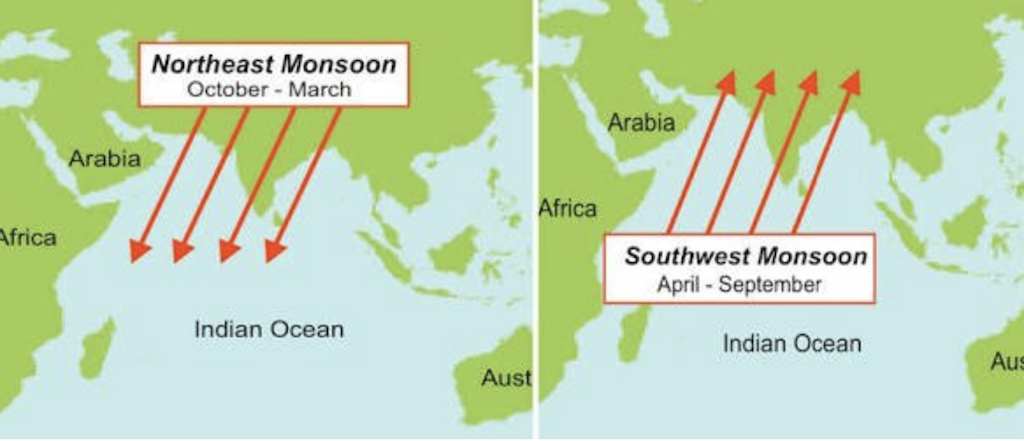
Southwest Monsoon season
Then there is the main rainy season of the Maldives. This is known as the Southwest Monsoon season. This lasts between June/July and September/October.
The rain showers in the Maldives during the rainy season don’t need to be feared. Like many other tropical areas, many of these rainstorms come quickly and leave just as quickly.
You might be able to enjoy a nice sunny day and just have to worry about heavy rain for a couple of hours and then get on with a clear night. Relaxing in a villa while a storm blows in can be a pretty relaxing experience. So don’t think that your trip will be ruined if you end up visiting during the rainy season, even on a honeymoon.
With that said, sometimes heavier storms can roll in during the rainy season. When they roll in there can be multiple days of heavy rains and high winds so there is a chance that it could happen. Also, at many resorts you have to do a fair amount of walking so trying to get around in the rain could be a problem (some resorts will take you around in a golf cart).
And of course there always could be typhoons though those are not super common given the geography of the Maldives. Because the Maldives is such a flat country and floods can be a real issue if there are major typhoons you might be evacuated.
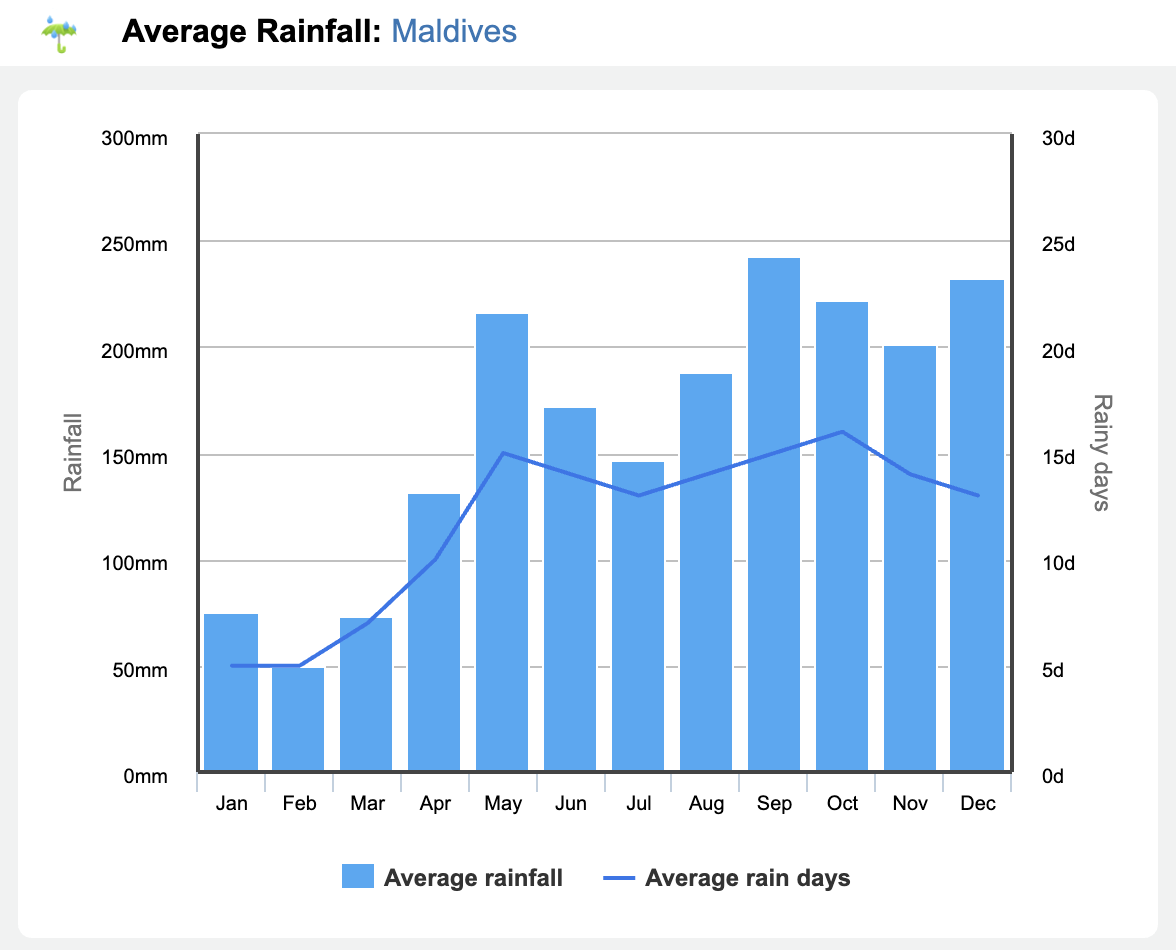
Maldives temperatures
The temperatures in the Maldives are very constant year-round. Highs will generally range from 84°F to 88°F (29°C 31°C) and lows 75°F to 81° (24°C 27°C). In other words, this is a very warm place all times of the year and you can count on it being in the lower 80s pretty much all the time.
When the sun is constantly shining it can get pretty hot but one great thing about the Maldives is that it receives some pretty nice ocean winds. If you book a water villa you will find that sitting out on the deck can be a very breezy experience.
In fact, the breezes were so strong when we visited that we were able to enjoy the hot tub out on the deck (which I initially thought would be way too uncomfortable given the hot temperatures).
It is also a very humid place as you would expect with it being located so close to the equator. The high-level of humidity and moisture in the air can be an issue for some electronics. When I visited the Maldives my DSL camera (Canon 6D) actually stopped functioning for a couple of days because it got too much moisture from the humidity alone. So this is something that you want to be careful of year round.
The sea temperatures are also very stable. They range from 82ºF to 86°F (28°C to 30°C), so you can expect warm water, even in the middle of winter (a wet suit will not always be needed).
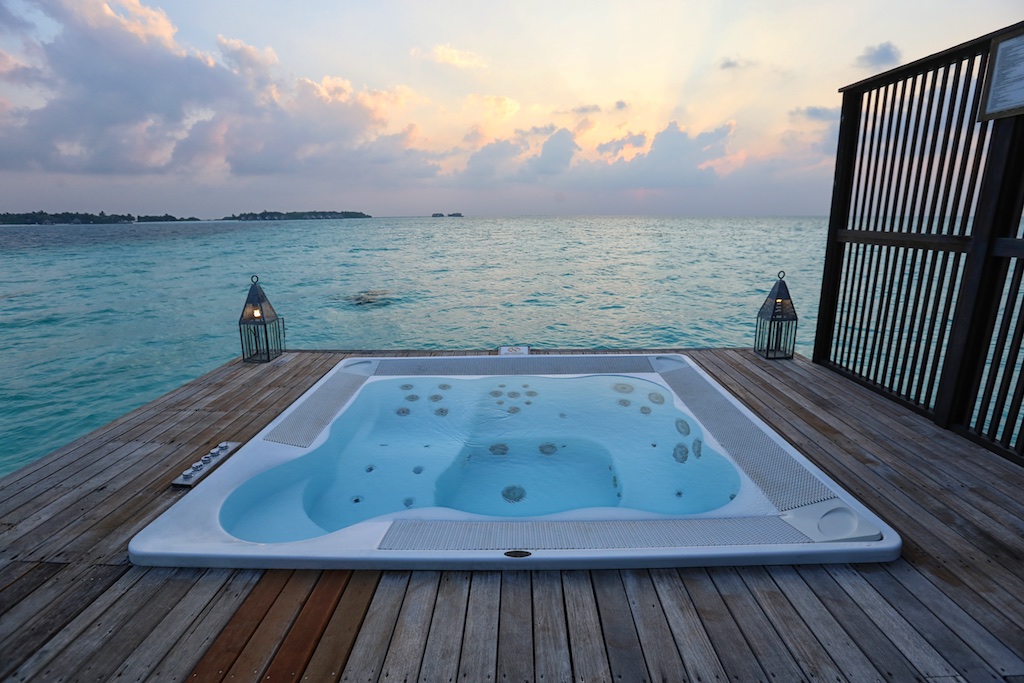
Maldives coral reefs
Extreme temperatures from El Nino in 2016 bleached and killed 73% of shallow-water corals within the Maldives. This means that many coral reefs will not be super vibrant when you go snorkeling (when you go diving it is a different story). With that said, I was still pretty happy with the amount of marine life that inhabited the bleached coral reefs. You can read about our snorkeling experience here.
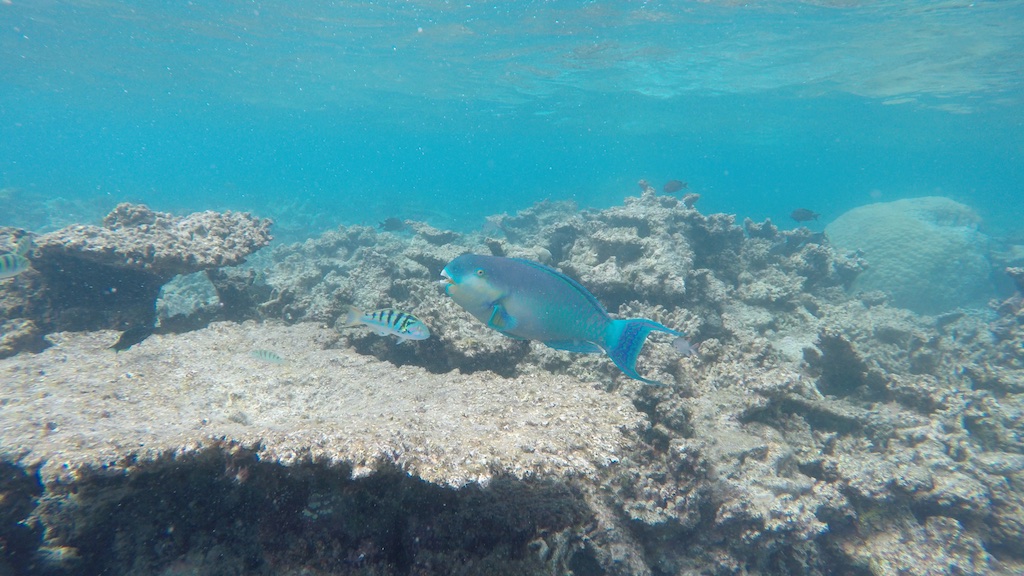
Tip: Use WalletFlo for all your credit card needs. It’s free and will help you optimize your rewards and savings!
Best times of year to visit the Maldives
January, February, and March
January, February, and March are the best times to visit the Maldives in my opinion. This is because the rain is at bay and you will be able to enjoy many nice sunny days. In addition, the water is very clear at these times so visibility is fantastic for snorkeling and scuba diving.
The drawback of visiting at this time of year is that the peak season is upon you. Prices at some resorts can skyrocket during holidays so you need to be careful about which specific days you’re visiting.
April
April is a great time to visit the Maldives as it is the very beginning of the rainy season and the end of peak season. The prices and availability should be much better beginning in April versus peak times during the winter.
Visibility for snorkeling and scuba diving should still be pretty great in April. I believe the spring is the mating season for Titan Triggerfish. These fish are extremely territorial during mating season and so if you are snorkeling for scuba diving during the spring be on the lookout for them.
May
May is when the rainfall really starts to pick up. In fact, May can be one of the wettest months of the year in the Maldives. Visibility in the ocean also begins to drop a bit. That is not to say that you can’t still have fantastic dives during May it is just not going to be quite as clear.
April and May is also the time of Ramadan. The Maldives is a pretty liberal Muslim country whenever it comes to things like tourists at resorts eating pork, consuming alcohol, etc.
However, during Ramadan things could be a little bit different at some places (especially Malé). In many cases, though, you may not even notice a difference at resorts but just be prepared to be flexible with things like meal times.
June July, August
During the months of June and July the rain can continue on to the summer. The rain does tend to calm down in July so it is not quite as wet as June. Keep in mind that even during the rainy season you are still getting an average of seven hours (or more) of sunshine during the summer months.
Visibility is not the greatest but this can also be a fantastic time to swim with whale sharks and manta rays. July can be a good time for surfing in the Maldives at certain islands. Once August arrives the rain will kick back up and the month will be much wetter.
September and October
September and October have the potential to be the wettest months in the Maldives. So if you are trying to avoid the largest monsoons then I would avoid visiting during these times. The plus side is that this is whenever you might be able to find some of the cheapest hotel prices and there’s still a lot of sunshine. Also, this continues to be a good time to see large marine life like manta rays and whale sharks.
November and December
November is the end of the rainy season and his when things start to calm down. You will still experience some showers but they are usually pretty manageable.
Prices and availability can get difficult to find during the holidays such as on Christmas or New Year’s so you need to be mindful of that. It’s not uncommon for prices to triple or for there to be certain minimum stay requirements for booking during peak times like that.
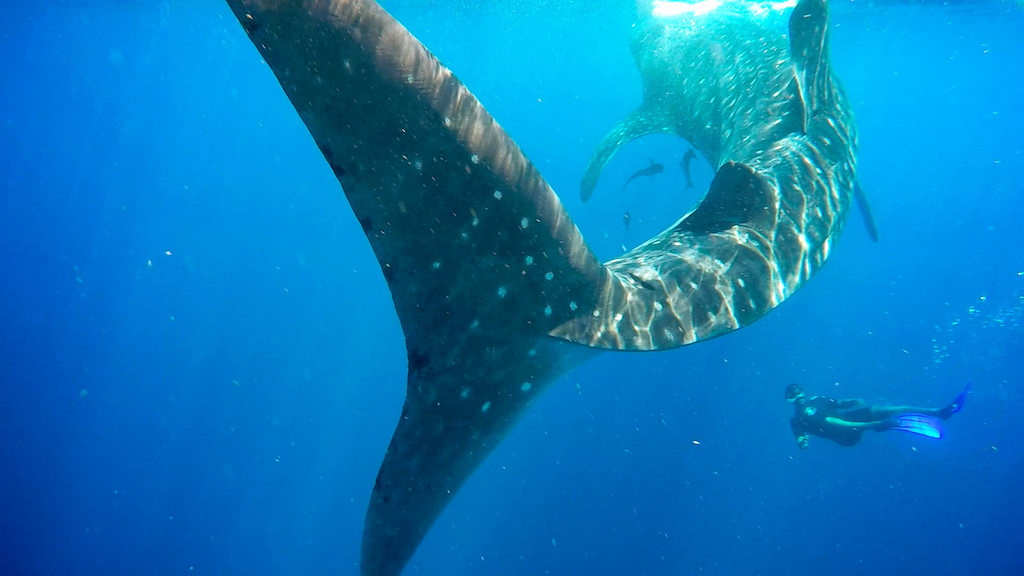
Best time of year for whale sharks and manta rays
In some places in the Maldives you can find manta rays and whale sharks year-round. But remember, we are talking about over 1,000 islands spread out across many atolls so the times of year that are best suited for seeing them is going to differ.
Also, sometimes you can see both whale sharks and manta rays at the same time of year but in some locations you may only see one or the other.
For example, we visited the South Ari Atoll, which has whale sharks year-round and manta rays October through May. When we visited in February we had an amazing encounter with manta rays on a scuba dive. It truly was a magical experience. However, we did not see any whale sharks during our time underwater or when snorkeling.
So if you really want to see whale sharks or mantas I would suggest that you contact the resort that you want to stay at and ask them about the peak times for that specific marine animal.
For example, while you can find whale sharks year-round, August to November might be the peak time for seeing whale sharks at the South Ari Atoll.
Just remember, we are talking about mother nature here. Patterns can change and fluctuate from year to year so in some cases the peak season can change a little bit. That is why I would always make sure to contact the resort to try to get the most updated information (in fact, I would contact multiple resorts in the same area just to see if I can get corroboration on the data).
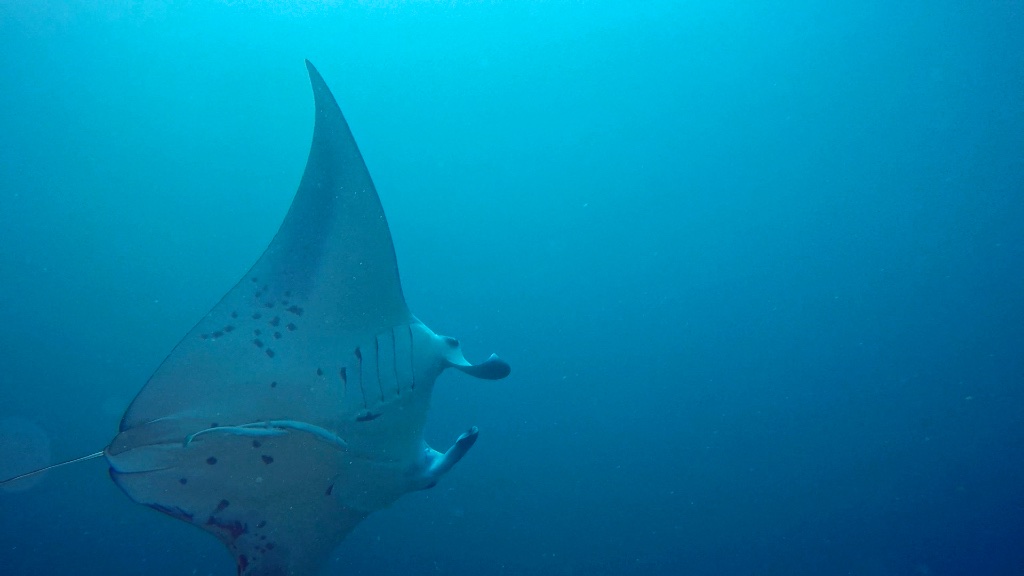
Final word
The Maldives is one of those destinations that really doesn’t have a bad time to visit. Even if you visit during the rainy season, it’s not that bad. The storms may not last that long and in some cases can be a beautiful sight to watch form out over the ocean. Plus, you can take advantage of the discounted hotel stays.
If you visit during peak time, you will have to deal with peak prices but you also will get the best weather and fantastic diving and snorkeling conditions.
Daniel Gillaspia is the Founder of UponArriving.com and the credit card app, WalletFlo. He is a former attorney turned travel expert covering destinations along with TSA, airline, and hotel policies. Since 2014, his content has been featured in publications such as National Geographic, Smithsonian Magazine, and CNBC. Read my bio.

